What materials usually come to mind when we are talking about furniture? The list of traditional materials such as wood, metal and plastic is being gradually complemented by more sustainable options. Recycled and repurposed, cheap and natural, these new materials may be a great alternative for furniture manufacturers and a more responsible way to address the ever-growing problem of over-production.

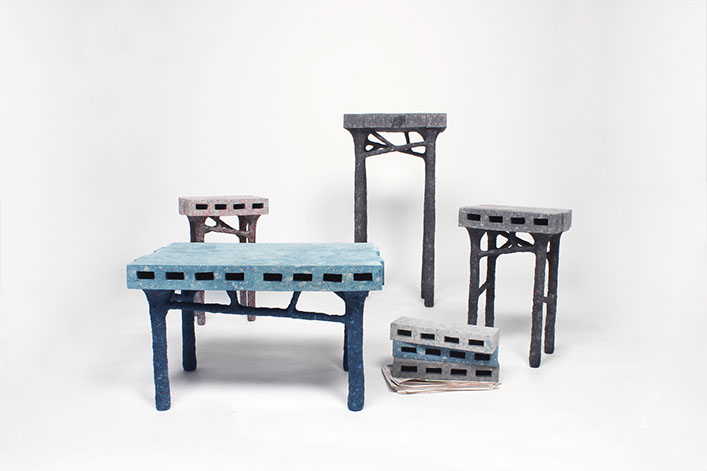
PaperBricks furniture by WooJai LeePaper is one of the most produced and most disposed of materials in the world. It can be recycledonly so many times, its fibers breaking down and becoming smaller and smaller with each cycle. WooJai Lee, Eindhoven-based designer of Korean/New Zealander origin, explores ways to recycle paper in a more sustainable way with his PaperBricks series.

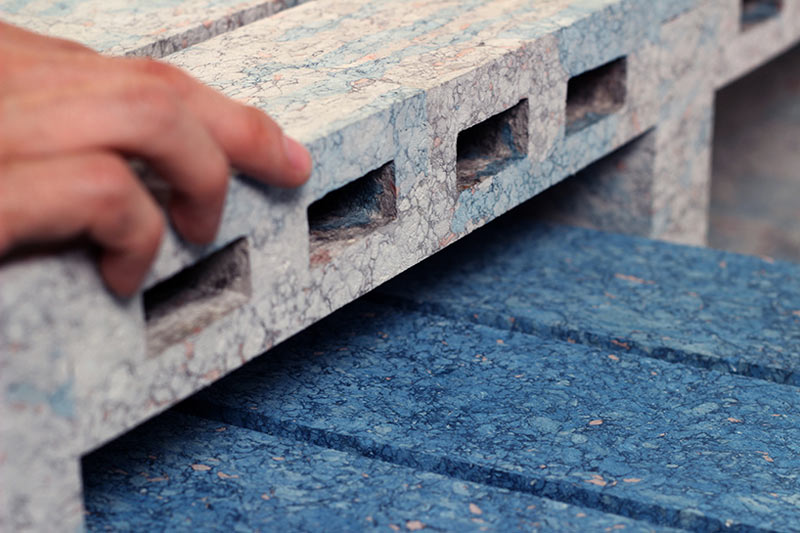
PaperBricks furniture by WooJai Lee
PaperBricks is a collection of benches and coffee tables made of recycled newspapers, whose pulp is mixed with glue and formed into ‘bricks’, as sturdy as real bricks and boasting a soft textile texture.

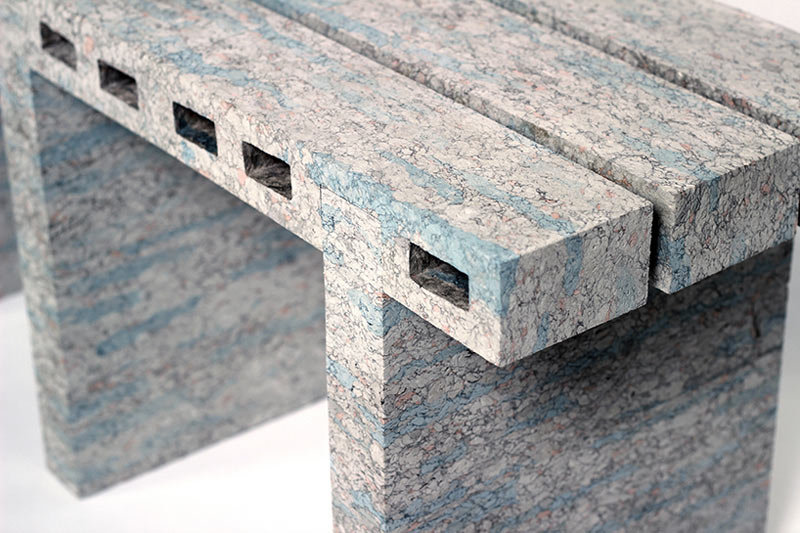
PaperBricks furniture by WooJai Lee
Lee uses different techniques to produce his furniture: while bricks are moulded, the legs of some of the tables are freely sculpted. Thus, the project showcases contrasting characteristics of paper that can be both soft and rigid, rough and smooth, regular and irregular.
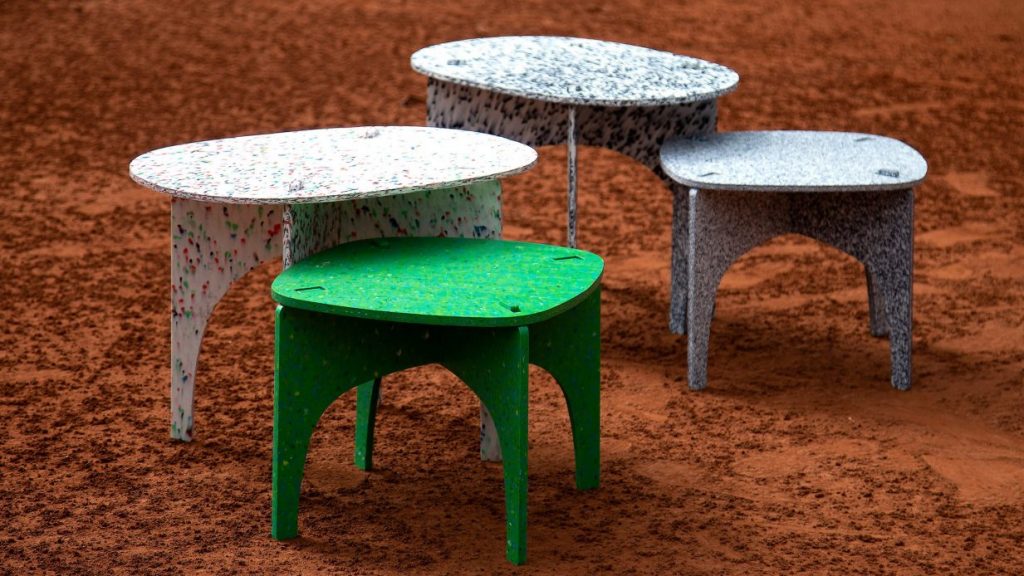
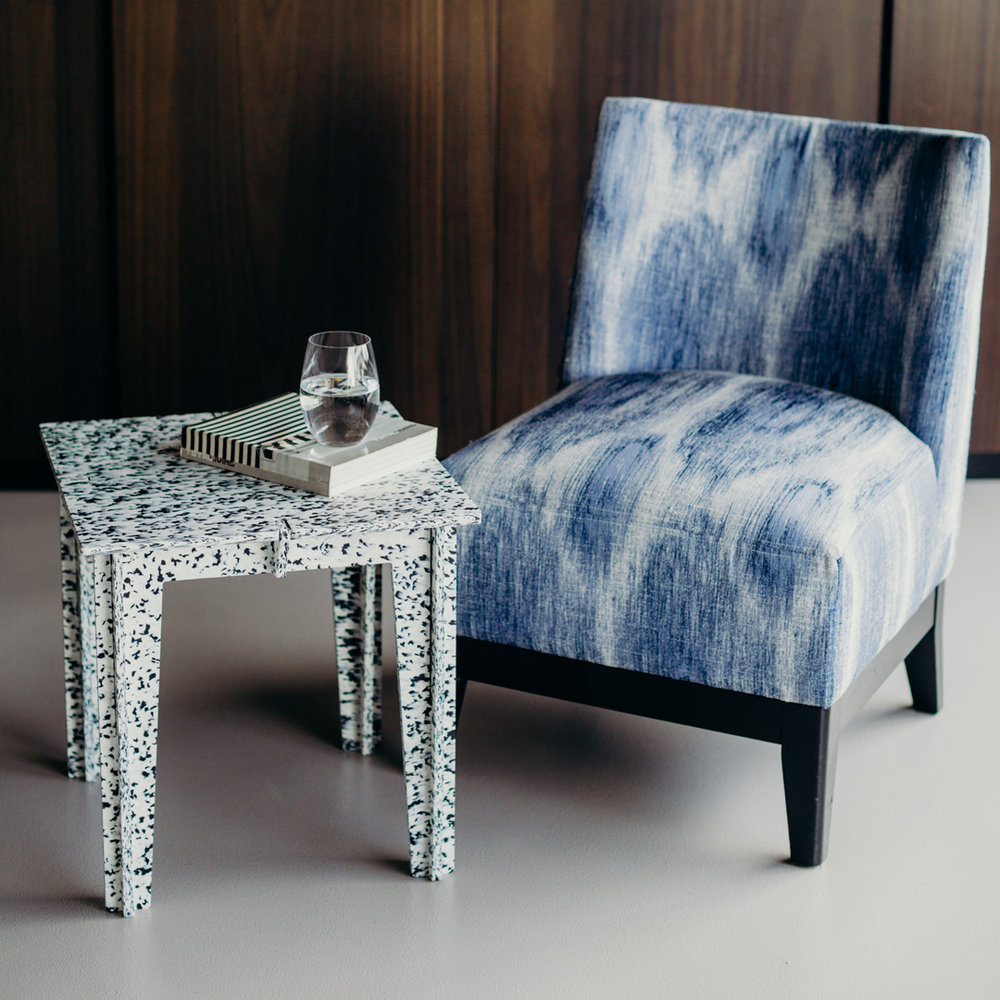
Luken furniture by Paola Calzada Arquitectos
Concerned about plastic pollution and its effect on the environment, Mexican architecture firm Paola Calzada Arquitectos produces flat-pack furniture using recycled plastic bottles. Manufactured under the brand name of Luken, the collection includes side tables as well as chairs and tables for kids. No chemicals are added in the manufacturing process of the materials.

Luken furniture by Paola Calzada Arquitectos
The pieces can be simply assembled in the client’s house without nails or glue, the elements simply slotting together. The flat package considerably saves the delivery costs, so the Luken furniture can be shipped to all parts of the world.
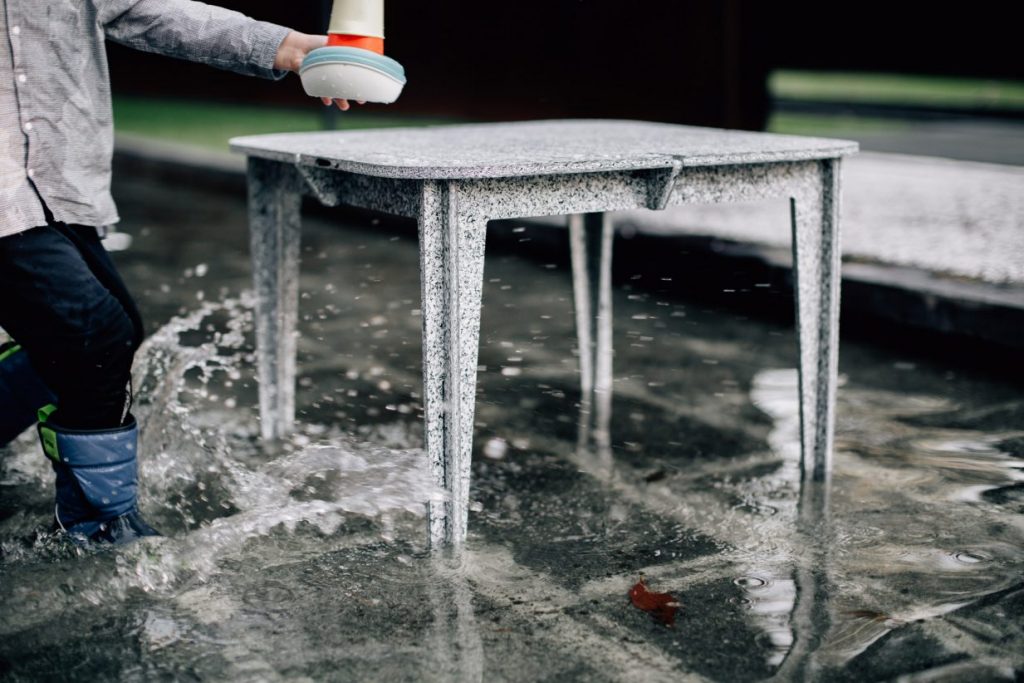
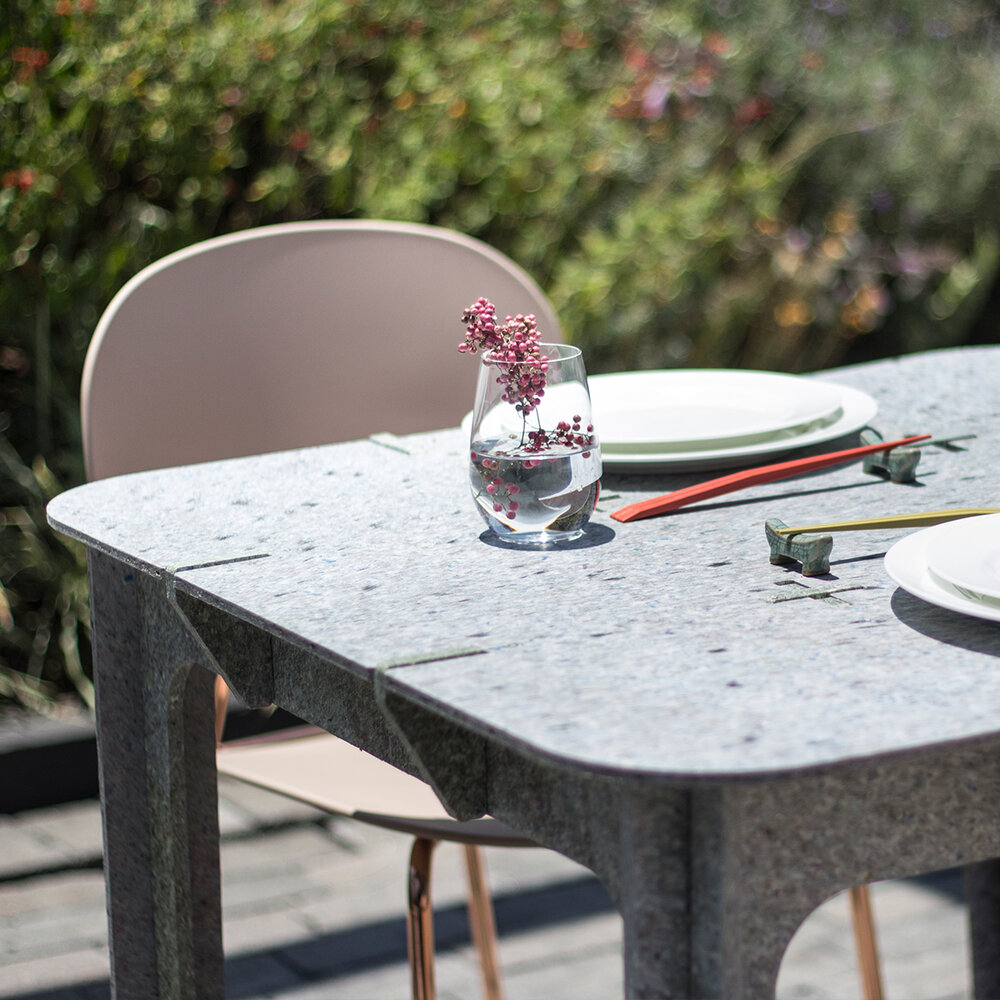
Luken furniture by Paola Calzada Arquitectos
The furniture intended for outside use is made from 100 per cent recycled plastic bottles melted down into boards. Each piece recycles approximately 600 bottles made from polyethylene. The recycled plastic furniture is resistant to sunlight, water and heavy use and therefore robust enough to be used both inside and out.
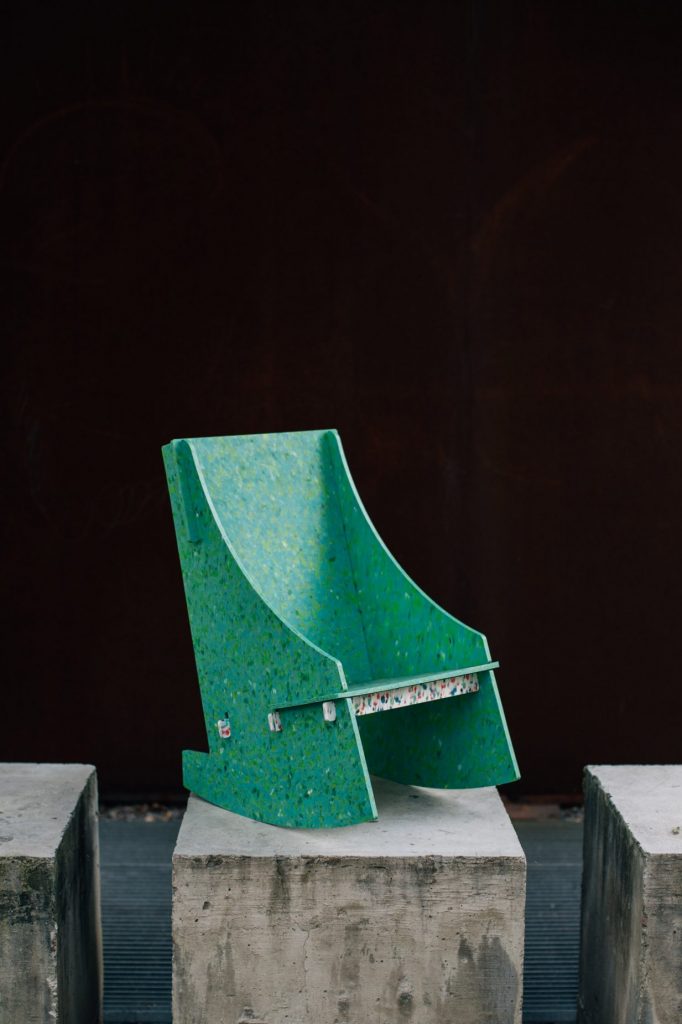
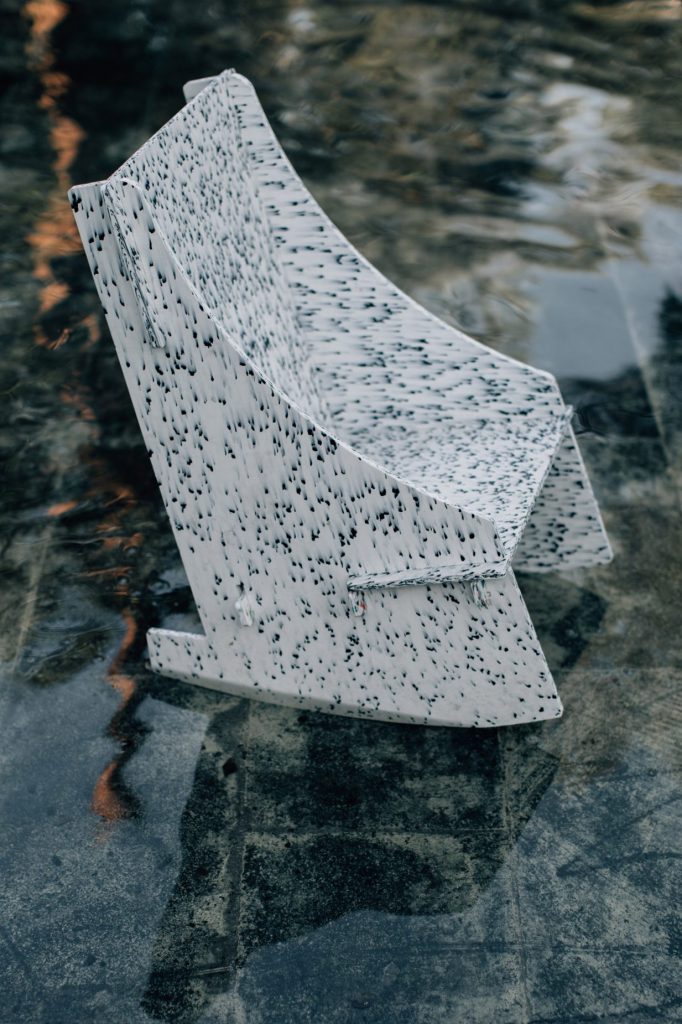
Luken furniture by Paola Calzada Arquitectos
The project, which aims to help reduce plastic in the ocean and to promote awareness of the problem among younger generations, has recycled up to 80,000 plastic bottles preventing them from ending up in rivers, lakes and oceans.
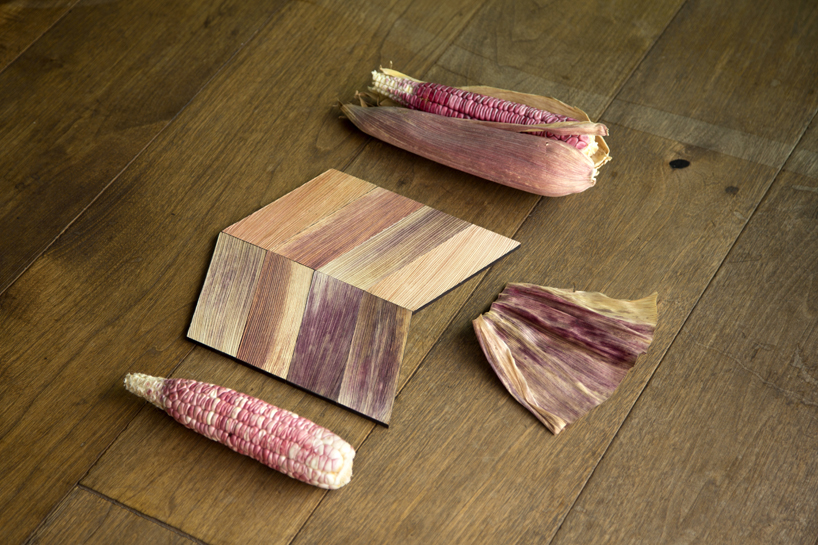
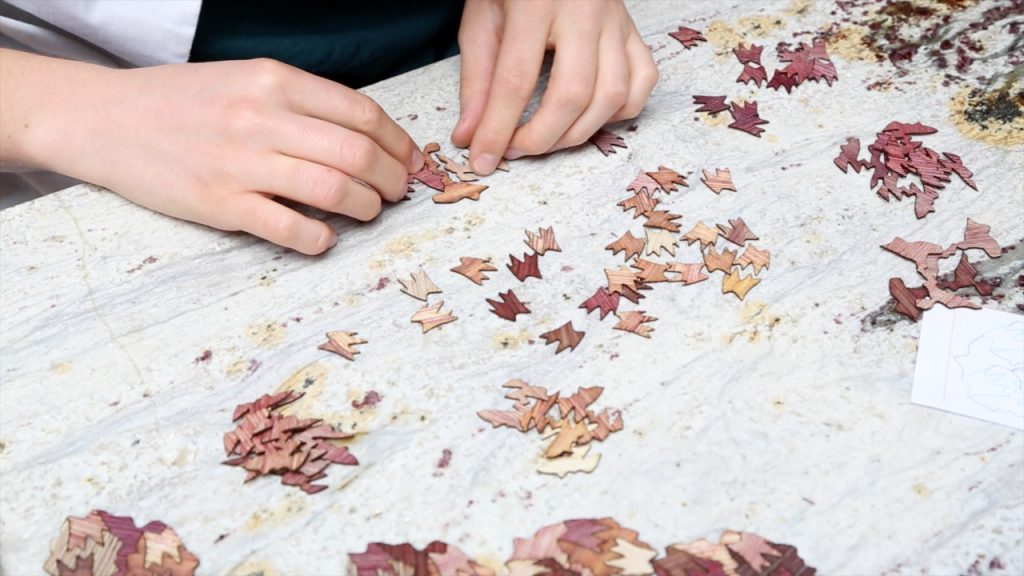
Totomoxtle veneer by Fernando Laposse (also header image)
London-based Mexican designer Fernando Laposse has come up with an innovative way to produce surfacing veneer he named ‘Totomoxtle’. The veneer is made with husks of heirloom Mexican corn through a process of heating the husks and then gluing them by hand onto reinforcing material, such as fiberboard and card. Due to the size limitations of the average corn leaf, Laposse utilizes laser cutting and sawing small veneer sheets to make tiles and marquetry.
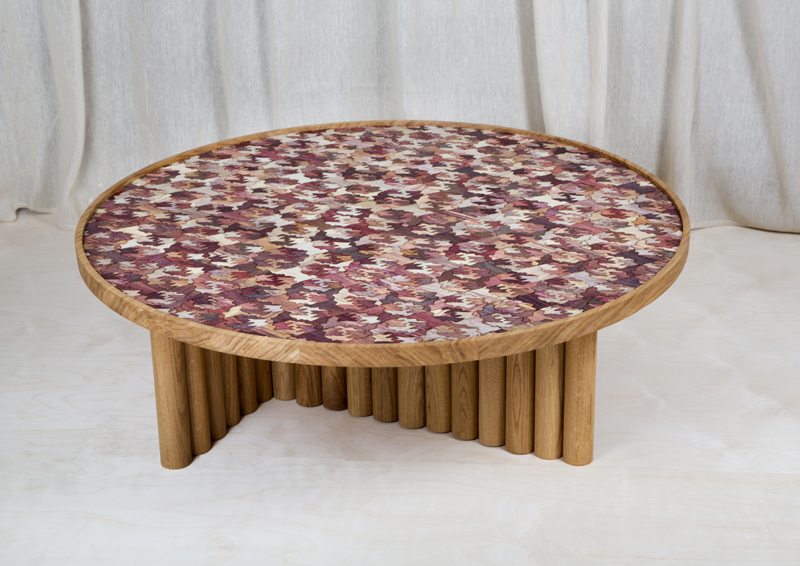
Totomoxtle veneer by Fernando Laposse
Ranging from deep purples to soft creams, Totomoxtle showcases the wealth of diversity of the naturally colourful native corns of Mexico and can be used in various applications for interior and furniture.
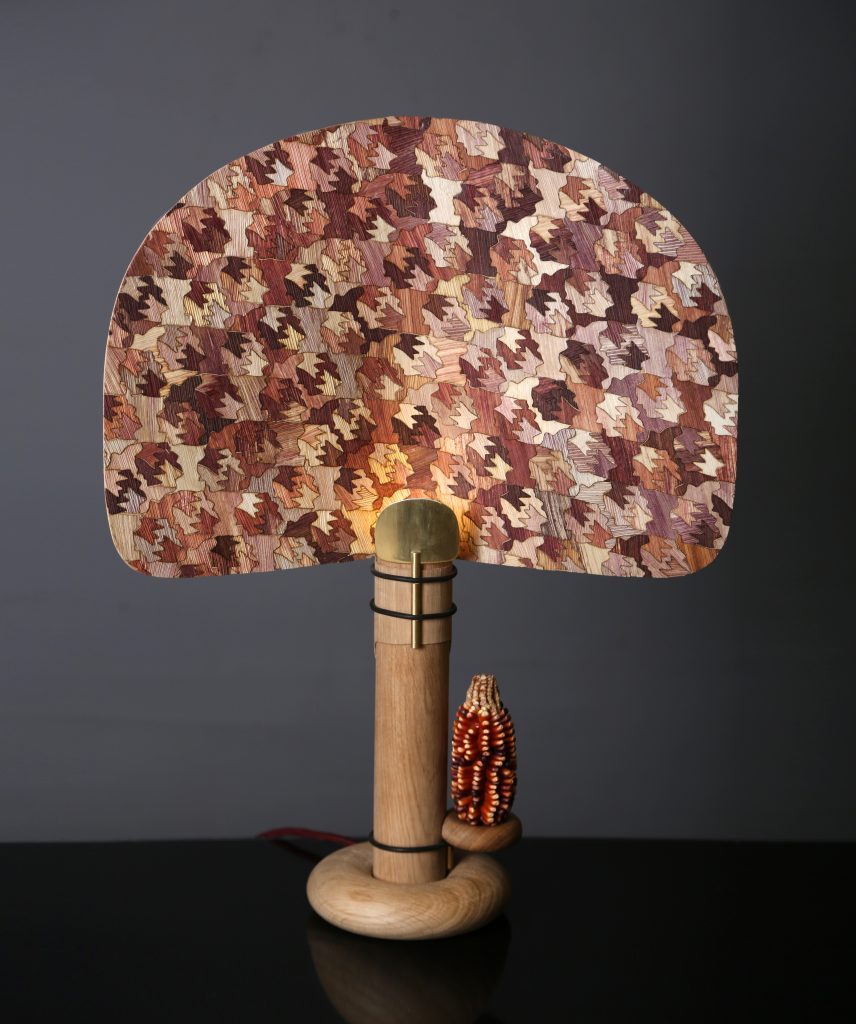

Totomoxtle veneer by Fernando Laposse
Apart from the sustainability aspect of the project, it aims to regenerate traditional agricultural practices in Mexico through creating a new craft for the impoverished farmers and to raise awareness about the rapid loss of the original species of corn in today’s globalized world. With the market favouring standardized features only available with genetically modified corn, the number of native varieties of Mexican corn is currently in sharp decline. The initiative is intended to make more income for famers by making an inexpensive secondary product – the veneer – from husks that would otherwise go to waste. This will help them have the financial independence to keep planting native seeds and preserve biodiversity of the Mexican corn.
According to Laposse, Totomoxtle is a project that exemplifies the power of design to transform, repair, and promote social cohesion.